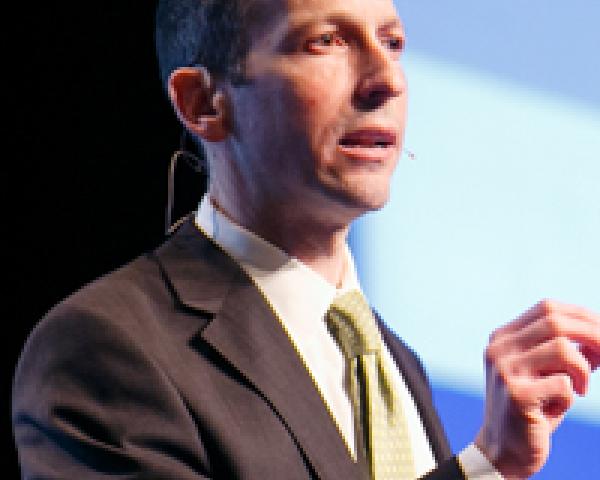Last month, Uber Technologies took action to heal a rift with its drivers, but it may have inadvertently created a rift with its customers.
The company announced a class action settlement with its California and Massachusetts drivers, who sued Uber for classifying them as independent contractors, rather than as employees.
The settlement, if approved by a San Francisco judge, will leave the independent contractor classification intact, but it will also give Uber drivers some new rights.
Among those new rights is allowing drivers to post signs in their cars soliciting tips from customers. And that’s where Uber’s ride might get a bit rocky.
Uber and its ride-hailing app arrived on the scene in 2009, and the company has enjoyed spectacular growth ever since. Fueling that success has been Uber’s innovative customer experience — which isn’t just great, it’s
magical.
With the push of a button on a smartphone, a private car rolls up curbside ready to take you wherever you need to go. You get in, you go, you get out. That’s it.
There’s no fumbling for cash to pay the driver, no math problem at the end of the ride to calculate a tip from a fare meter. Uber just charges a flat fee for the trip to the credit card on file for the customer.
It is, in a word, effortless for the passenger, both physically and mentally. But that could change if drivers start soliciting tips.
Uber’s app has no facility for adding a tip to the fare, and the company has indicated it has no intention of incorporating that capability. So, with the driver's ability to solicit tips, the cashless interaction, a hallmark of Uber’s customer experience, is replaced by one that looks and feels a lot more like a traditional taxi cab. Furthermore, a service that had been free of the emotional baggage of tipping (should I or shouldn’t I, and, if so, how much?) will suddenly become more mentally taxing.
Instead of feeling liberated from the typical taxi fare ritual, Uber riders may feel "guilted" into tipping their driver (especially because Uber’s bidirectional scoring system lets drivers and passengers rate each other).
In Uber’s defense, it’s possible that tip solicitation was the least of all evils at the settlement negotiating table. What’s troubling, however, is that tipping — as handled in Uber's ecosystem — undermines a key point of differentiation for the service. What was
effortless suddenly becomes
effortful.
Down the road, that could present a problem for Uber and could perhaps be a give a lift to Lyft, Uber's primary competitor in this space (which, incidentally, offers cashless tipping via its app).
See also: New Questions on Uber and Lyft
To survive long-term, businesses have to adapt, be it to changing circumstances, marketplaces, regulations or environmental influences. What’s important, though, is to make sure those adaptations don’t undermine foundational elements of a company’s value proposition (in the case of Uber: rider convenience.)
Southwest Airlines, for example, has long resisted charging fees for baggage, even as the rest of the industry has collected billions of dollars. Why? Because the company views the lack of fees as a central component of its passenger-friendly policies — policies that, to quote the stated brand purpose, give people the “freedom to fly.”
Southwest has also avoided flying any aircraft other than the Boeing 737, viewing that operational simplicity as a critical ingredient to delivering a superior passenger experience. (Southwest’s acquisition of AirTran in 2011 was almost derailed over this point — until Southwest got Delta to take over every non-737 airplane in AirTran’s fleet.)
So follow Southwest’s lead and ask yourself: What elements of my firm’s customer experience are truly sacrosanct? What are the characteristics or components that are so central to our brand experience they should never change?
Put your finger on those elements now, when you’re not in the middle of a stressful business decision that might cloud your judgment.
Then do your best to protect those pillars of the experience, limiting adaptations and accommodations to areas that are less likely to dilute the brand differentiation you’re trying to cultivate.
See also: Will Workers' Comp Kill Uber, Lyft, Etc.?
With Uber opening the door to gratuities for its drivers, we may be witnessing a “tipping” point in the evolution of the company’s customer experience (and not for the better).
Avoid putting your business in a similar situation by clearly identifying – and preserving – that which sets you apart in the marketplace.
This article first appeared at Watermark Consulting.

